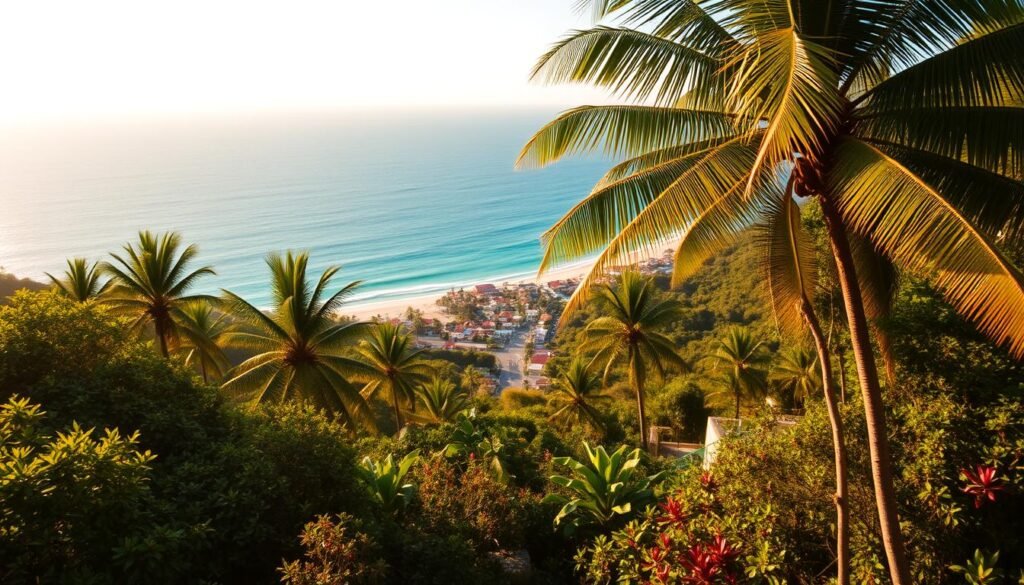Did you know Brazil stretches over 6,400 km of coastline—longer than many countries combined—and its seasons are flipped for travelers from the Northern Hemisphere.
I write this guide so you can match your weather and trip goals with the right months. If you crave summer beaches, aim for December through March.
Those months heat up coastal hotspots like Rio and the Northeast, with highs around 87–90°F. Southern shores stay milder, and the Amazon is drier from July through December, though rain still shows up.
Major events shape crowds and costs: New Year’s on Copacabana and Carnaval can define your holiday and booking plan.
In this quick guide I map seasons, regions, and practical tips so you can pick dates that match your interests—beaches, wildlife, or city life—while avoiding surprises.
Key Takeaways
- Brazil’s seasons are opposite for U.S. travelers; plan accordingly.
- December–March is summer for beaches; expect heat, crowds, and higher prices.
- The Amazon’s drier window runs roughly July–December for better wildlife access.
- Major events like Carnaval and New Year’s affect crowds and costs—book early.
- Shoulder months can deliver good weather with fewer crowds and lower rates.
My quick take: when I’d go, and why timing matters for your trip
I choose dates by matching what I want to do with the local season and likely weather. For city trips, I lean toward September or October. Those months often bring mild temperatures, lighter crowds, and friendlier prices compared with the surge from December through March.
For classic summer beach energy around Rio Janeiro and the Northeast I’d lock in the december march window and book very early. Expect heat, humidity, and busy days near New Year’s and Carnaval, plus peak rates at top hotels.
The Amazon and Pantanal tell a different story. I prefer the drier stretch—roughly July through October—for trails and wildlife viewing, though humidity never fully drops. July needs a caveat: local school vacation can inflate crowd sizes and costs.
- I use shoulder spans (April–June and parts of October–November) when I want value and good city weather.
- I plan mornings for walking, afternoons for beaches or pools, and evenings for relaxed city nights to avoid the worst heat and humidity.
- I buffer dates around big festivals or book them early if I want the full celebration rather than the crowds.
The best time to visit Brazil based on what you want to do
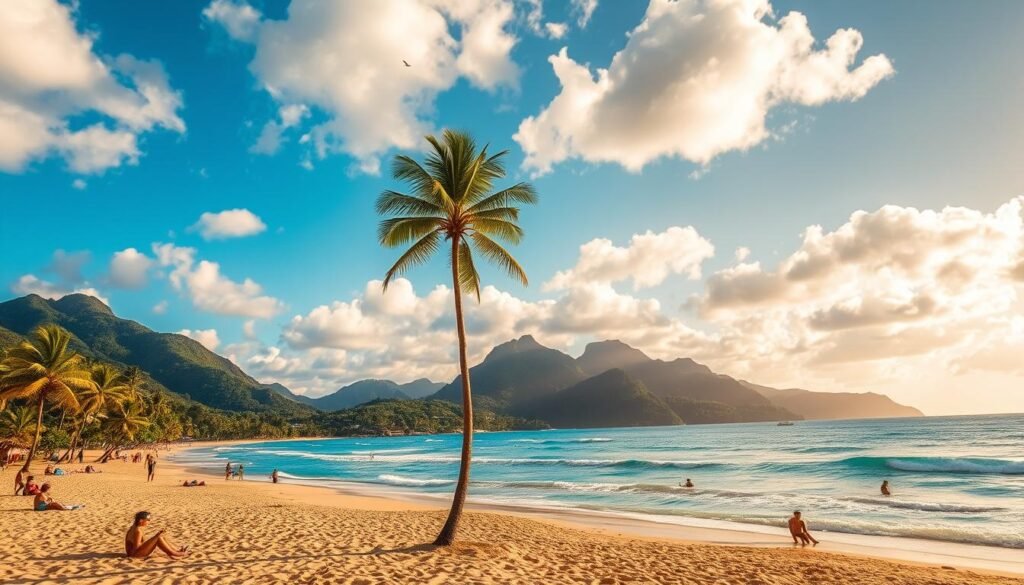
I plan trips around activities—sun, wildlife spotting, or city culture—and local season patterns. Below I map months and places so you can pick the mood you want.
Beach time and summer vibes
December–March brings classic summer heat around Rio Janeiro and the Northeast. Expect sultry days and lively promenades at spots like Copacabana and Praia do Forte.
In Bahia and Ceará highs often reach 87–90°F (30.5–32°C). Florianópolis stays milder, in the low 80s (27–28°C).
Wildlife first
I go July–October when wildlife is my priority. The Pantanal and Amazon show lower waters and clearer trails then.
That dry season improves visibility for caimans, giant otters, and, with luck, jaguars.
Crowd-free culture trips
September and October are perfect for galleries, viewpoints, and calmer streets in Rio and São Paulo. You dodge major holidays and heavy crowds while still enjoying good weather.
Budget-friendly shoulder months
April–June and parts of October–November are my go-to for lower prices and fewer crowds. You keep comfortable conditions for city touring and coastal walks.
- I match activities to months: snorkeling in summer mornings, safaris during the driest stretch, and museums during shoulder spans.
- Combine nearby destinations in the same season to avoid weather whiplash and long transfers.
For a planning guide with more detail, see my planning guide.
Season-by-region guide: weather, seasons, and conditions across Brazil
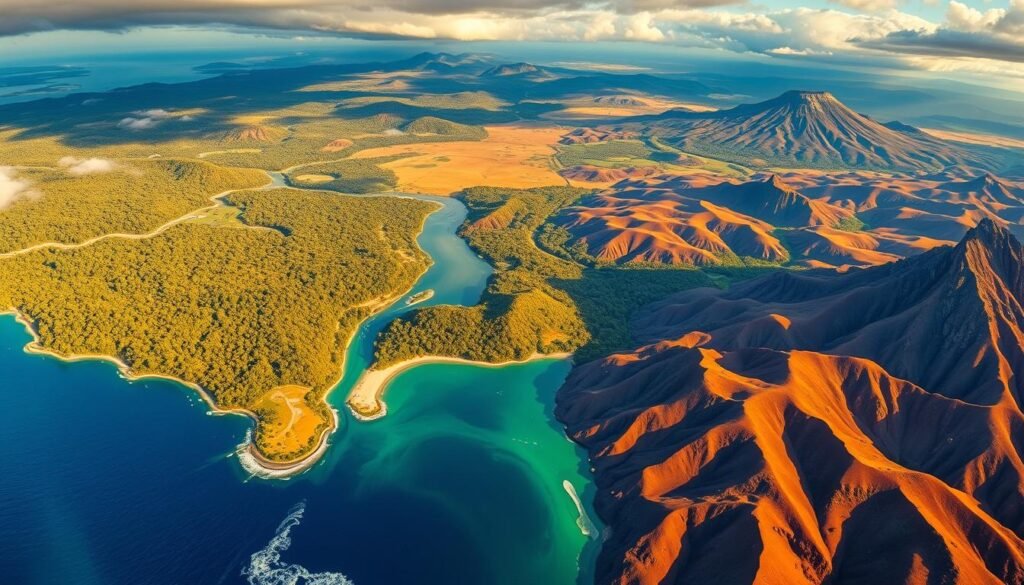
Across Brazil, conditions shift quickly from coast to jungle — here’s a simple region-by-region guide. I’ve focused on what each region feels like, when water levels and rain matter, and which months suit beaches, trekking, or wildlife watching.
Rio de Janeiro and the Southeast coast
I treat this area as classic beach and city territory. Summers bring heat, busy beaches, and big-event energy.
Winters are milder and drier, which makes hiking to viewpoints and museum days more pleasant.
Northeast (Bahia, Ceará, Recife)
This region stays warmer year-round. Expect peak beach fun in summer with highs around 87–90°F.
Salvador blends coast time with a rich cultural scene, so you can pair beaches with lively local culture.
Amazon Rainforest (Manaus)
The rainforest is sweltering most of the year. Lower water levels from July–December open more trails for trekking and wildlife spotting.
High water months favor canoe trips but bring more rain and higher river levels.
Pantanal wetlands
The dry season, roughly July–October, is prime for concentrated wildlife viewing as animals gather near shrinking lagoons and rivers.
South (Florianópolis, Curitiba, Porto Alegre)
Winters are noticeably cooler; bring layers in Curitiba and Porto Alegre. Summer delivers excellent beach days on Florianópolis, often in the low 80s.
Iguaçu Falls
Wetter months boost flow and spray for dramatic views. June can offer fewer crowds and comfortable city weather in nearby hubs.
Tip: Pair regions with similar seasons (for example, Rio + Florianópolis in summer or Pantanal + Amazon in the late dry season) to reduce weather compromises and long transfers. For a deeper planner, check my regional guide at regional planning.
Month-by-month planner: what each part of the year feels like
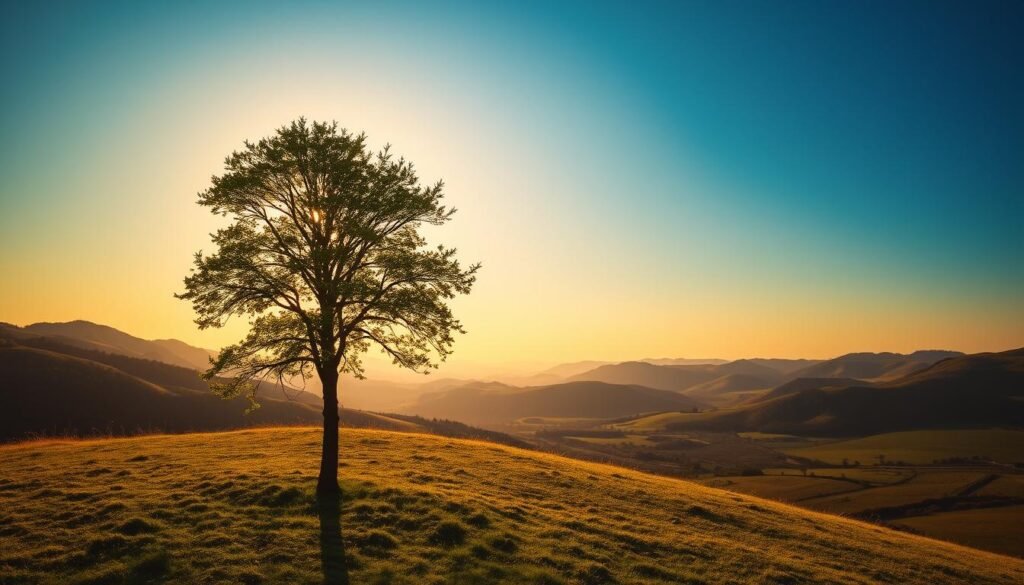
Think of the calendar as a menu: each month brings a different flavor for beaches, wildlife, or city life. Below I condense the year into clear blocks so you can match activities with likely weather and crowds.
December–March: peak summer heat, rain bursts, and festive season energy
December–March is pure summer for southern beaches and Rio de Janeiro. Long beach days mix with lively nights and major holidays.
Expect short, heavy rain bursts and higher temperatures. Book early for prime hotels and events.
April–June: transition into shoulder season, better deals, fewer crowds
This low season window is great for savings. April and May bring cooler sightseeing days and calmer streets.
June often has pleasant temperatures and fewer visitors at Iguaçu, making waterfall visits more relaxed.
July–August: Brazil’s winter, drier in many regions, prime Amazon/Pantanal
Winter months are drier in the Amazon and Pantanal, so water levels fall and wildlife concentrates.
Note that July includes domestic holiday demand, so internal flights can fill quickly.
September–October: sweet-spot months for cities and wildlife before heavy rains
These months usually offer open trails, softer light for photos, and friendly availability in cities.
I find September especially reliable for wildlife viewing and quieter beaches in the Northeast.
November: early summer starts; north rains increase while south warms up
November pivots toward summer. Southern beaches warm and the north grows wetter.
Pantanal access declines as flooding rises, while Iguaçu can look spectacular with higher flow.
“Plan the month around where you want to be — wetter can mean dramatic waterfalls, drier means easier treks.”
| Span | Key feel | Best uses |
|---|---|---|
| Dec–Mar | Hot, festive, short rain | Beaches, nightlife, holidays |
| Apr–Jun | Calmer, cooler, low season | City touring, budget trips |
| Jul–Aug | Drier, wildlife focus | Amazon & Pantanal safaris |
| Sep–Oct | Balanced, mild | Culture, wildlife viewing |
| Nov | Warming south, wetter north | Southern beaches, dramatic falls |
My tip: sequence multi-region trips so a chosen month aligns with favorable water levels and weather across stops. Use this guide to lock flights and key stays before demand spikes.
Big events and festivals that can shape your dates (and your budget)
![]()
Major festivals and public holidays can reshape an entire itinerary, from hotel rates to local vibes. I map the highlights here so you can decide whether to join the party or avoid the crowds.
New Year’s Eve on Copacabana
Millions gather on Copacabana, many in white, and some leap seven waves at midnight. The fireworks and energy make this a legendary holiday moment, but expect steep prices and packed transport.
Carnaval: Rio, Salvador, or Paraty
Carnaval falls in February or early March and can define your vacation weeks. I’ll weigh the full-throttle parades in Rio against the more intimate streets of Salvador or Paraty when I want fewer crowds.
Manaus Opera & Parintins
The Amazon Opera Festival (March–May) offers world-class shows inside Manaus’ ornate theater. In June, Parintins pits Garantidos vs. Caprichosos in a riot of color and storytelling.
Paraty Cachaça & Rock in Rio
Paraty’s Cachaça Festival in August is great for tastings and coastal charm. Rock in Rio, held every other September, brings global headliners and heavy demand.
- I recommend building a few buffer days around these events for smoother travel and clearer logistics.
- Consider tagging nearby places onto your route so a festival becomes a feature, not a nuisance.
“Arrive early to enjoy the buzz, then relocate if you want quieter days afterward.”
Crowds, prices, weather: how I balance seasons, rainfall, and humidity
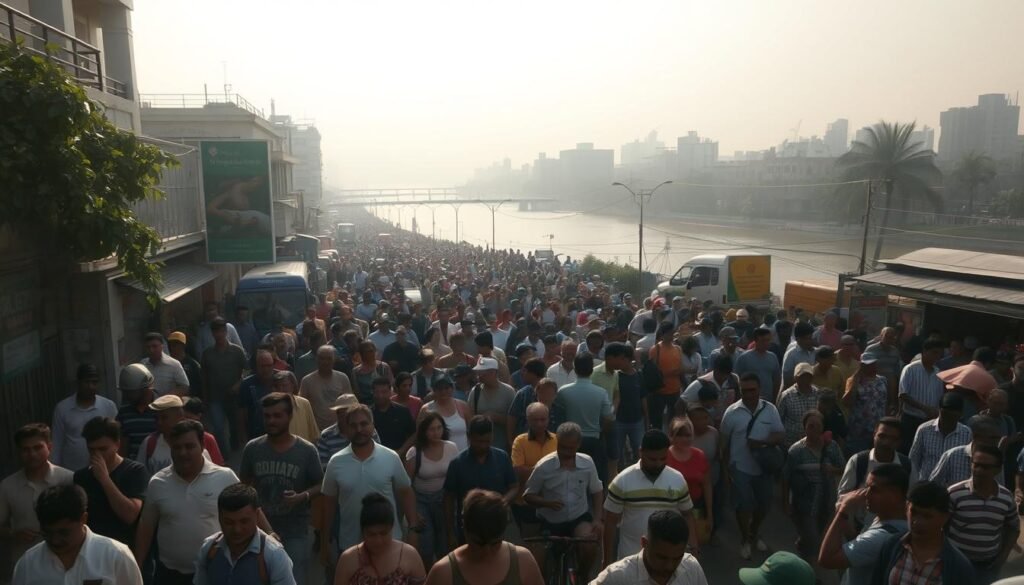
I balance crowds, cost, and climate so each month fits the trip I want. I look at peak demand, typical rainfall, and humidity when I lock dates.
Peak vs. low vs. shoulder: choosing between summer buzz and better value
Peak season runs December–March on the coast and spikes again in July for domestic school breaks. That brings lively beaches and higher prices.
Low season and shoulder months often give me quieter streets, open tables, and cheaper fares. A well-timed shoulder trip can feel like the best time of the year for value and comfort.
Rain, humidity, and water levels: what to expect in the rainforest and wetlands
In the Amazon and Pantanal I watch water levels closely. During the dry season (roughly July–October) trails open and wildlife concentrates near shrinking water.
From January–May higher levels swap hikes for canoe travel. Heavy rain and high humidity shape daily plans, so I plan early starts, shaded breaks, and flexible activities.
- I book refundable rates or stagger deposits around big holidays.
- I visit museums on weekdays, hike at sunrise, and take late lunches to dodge crowds.
- I pack breathable layers, a light rain shell, and dry bags for camera gear on boat trips.
“Scan monthly conditions before finalizing tickets so your dates match the most forgiving mix of rain, heat, and access.”
Packing and planning tips for Brazil’s seasons
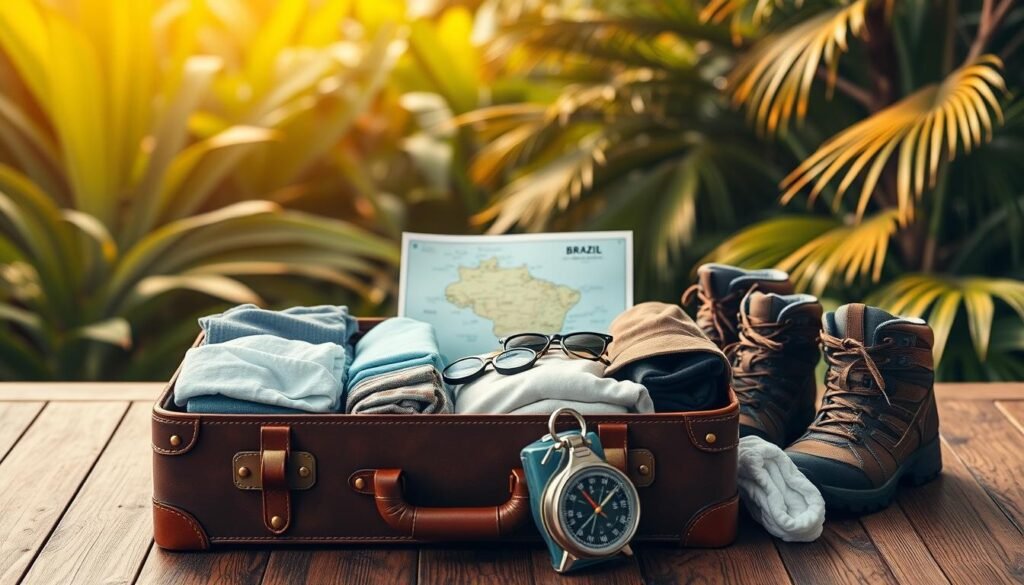
Packing right makes the difference between a sweaty scramble and a calm, well-paced trip. I pack with purpose so sudden heat, humidity, or a surprise downpour won’t ruin a day.
Summer kit for beaches and cities: heat, sun, and sudden rain
For coastal days I favor breathable shirts, a wide-brim hat, and reef-safe sunscreen. Coastal cities can swing from blazing sun to short tropical showers in the same afternoon.
My go-to summer items: a light rain jacket, quick-dry shorts, a sun hat, and reef-safe sunscreen. I add electrolyte packets and a reusable bottle so I stay hydrated in high temperatures and humidity.
Dry-season essentials for Amazon and Pantanal: boots, layers, and bug protection
The rainforest stays hot and humid year-round, though dry months improve trail access. In the Pantanal wildlife peaks in the dry season (July–October), so I bring gear for long wildlife days.
- Sturdy, quick-dry footwear, ankle-high socks, and trekking pants for muddy boardwalks and river banks.
- DEET or picaridin repellent, long sleeves for dusk, and a lightweight buff for insect-prone hours.
- Compact daypack, dry bags for boat transfers, binoculars, and a protective camera setup for wildlife photos.
“Work with local guides in the Amazon and Pantanal — they set expectations on pace, access, and safety around rivers and boardwalks.”
| Region | Key kit | Why it matters |
|---|---|---|
| Coastal cities | Hat, sunscreen, light rain jacket | Sudden showers and high heat make layering useful |
| Amazon rainforest | Trekking pants, repellent, dry bags | Humidity and river transfers demand protection and waterproofing |
| Pantanal | Sturdy boots, binoculars, long sleeves | Dry-season wildlife days need comfort and bug defense |
| South (Florianópolis) | Layers, light sweater, beachwear | Summer days around 81–84°F (27–28°C), cooler evenings possible |
I also keep confirmations and tickets both on my phone and a paper backup. Festivals and peak weekends can strain connectivity and lines, so planning ahead saves stress.
Conclusion
Aligning your plans with regional seasons turns a good holiday into a great one. I keep a clear rule: pick your goal first, then pick the month that supports it.
Festivals and beach buzz point toward December–March. If wildlife is your priority, I aim for July–October when water recedes in the Amazon and Pantanal and animals concentrate for easier viewing.
For calm city strolls, September–October often balance fair weather, fewer crowds, and friendlier prices. Check temperatures, rain patterns, and event calendars, then lock key flights and stays early for busy months.
Plan with flexibility, hire local guides where water and access matter, and build slow mornings into your vacation. Pick your window, pack smart, and make the most of your time in this vibrant country.


